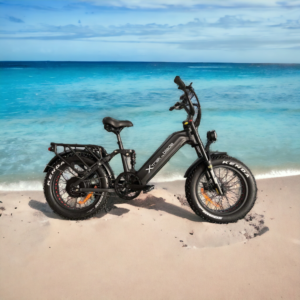Description
The Blade E-BIKE Lifter has been designed and built specifically but, not exclusively for electric bikes. The essential characteristics of the Blade E-BIKE Lifter are.
- Strength and Load Capacity: An ebike lifter should be designed with robust materials and engineering to handle the weight of electric bicycles, which are generally heavier than traditional bicycles due to the added components like batteries and motors. A high load capacity ensures that the lifter can safely handle the weight of different ebike models.
- Adjustability: Different ebike models can have varying shapes and sizes. The lifter should be adjustable to accommodate different frame sizes and designs. This adaptability ensures that the lifter can securely hold and lift a wide range of ebike configurations.
- Stability and Balance: To prevent accidents and damage to the ebike, the lifter should offer stability and balance during lifting and transport. This includes features like a wide and stable base, secure locking mechanisms, and padded surfaces to protect the ebike’s frame and components.
- Ease of Use: A user-friendly design is crucial for an ebike lifter. It should be easy to operate and require minimal effort to lift the ebike onto it. Features like ergonomic handles, intuitive locking mechanisms, and smooth lifting actions enhance the user experience.
- Portability and Storage: When not in use, the lifter should be easy to store without taking up too much space. Foldable or collapsible designs are advantageous for convenient storage in garages, sheds, or other spaces. Additionally, if the lifter is intended for mobile use (such as in bike shops or events), it should be portable and easy to transport.
Remember, the characteristics of an “ebike lifter” might vary based on its intended use, design, and manufacturer. It’s essential to consider safety, usability, and compatibility with various ebike models when designing or choosing such a lifting device.













